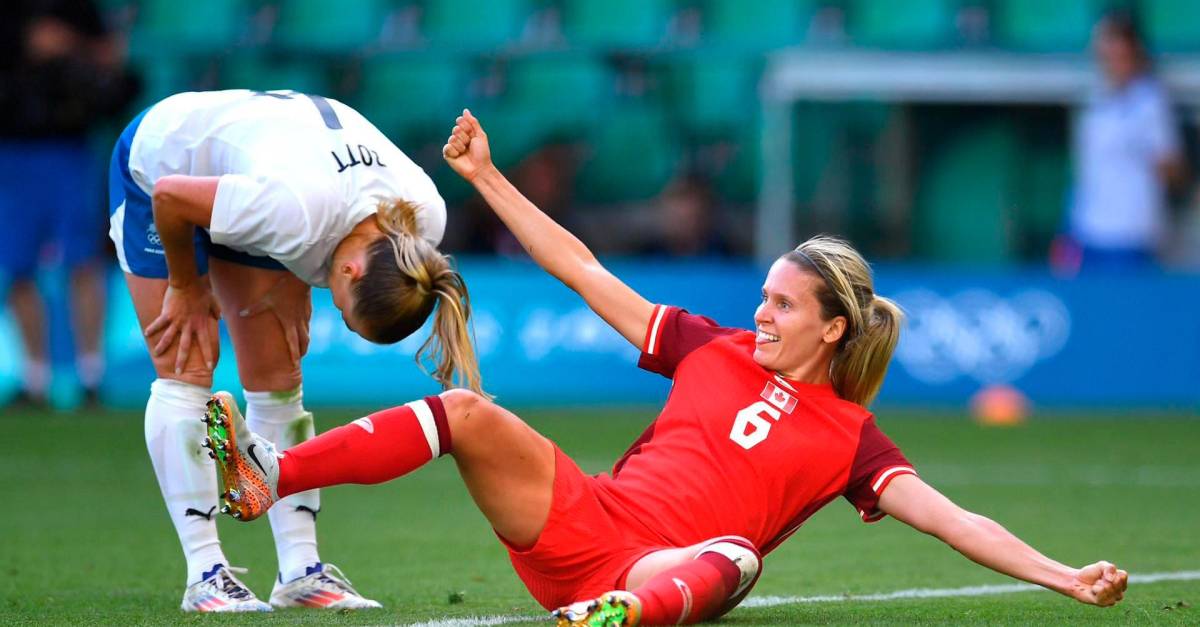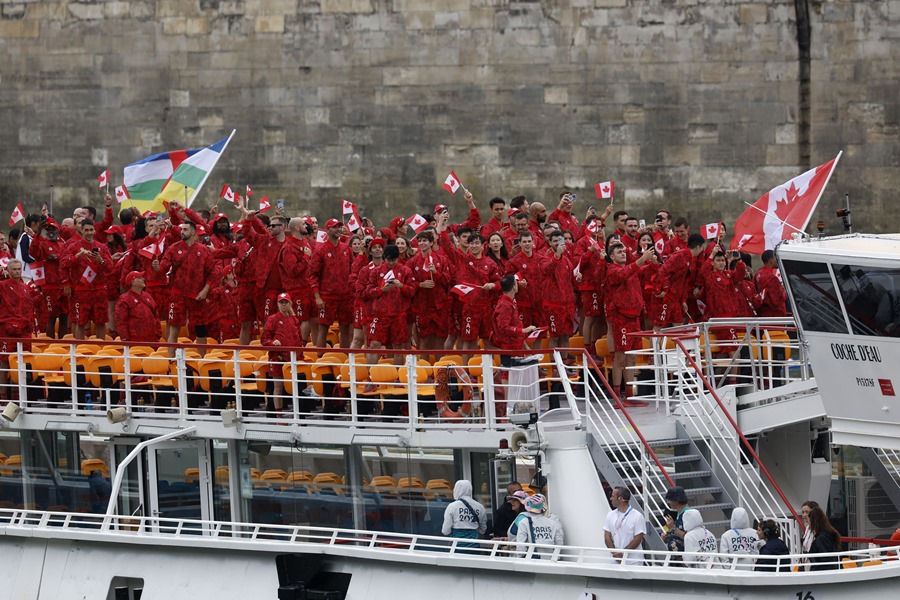Canadian Jim Higgins was one of approximately 1,700 compatriots, with more than 700 dead, who crossed the Atlantic Ocean as volunteers to join the International Brigades to fight and defend democracy during the Spanish Civil War in the face of the rise of international fascism which finally materialized during the Second World War.
Higgins, who considered himself a social democrat and independent thinker, was blacklisted in the 1930s by Canadian employers for organizing unions and the Royal Canadian Mounted Police included him in their radical dossiers.
During the Civil War, he was a machine gunner in the Mackenzie-Papineau Battalion (also known as Mac-Pap) and the 35th Division, and participated in intelligence operations.
CANADIANS IN INTERNATIONAL BRIGADES
Canada, despite the approximately 7,000 kilometers that separate the two countries and the fact that at that time travel was much more difficult and complicated, was the second country which, with the most components, fed these International Brigades, only surpassed by neighboring France.
Zaragoza University Press has just published in Spanish ‘Jim Higgins. Fighting for Democracy’, a book edited and published in 2020 in English in Canada by his daughter Janette Higgins.
BEGINNING OF MEMORIES IN 1939
Jim Higgins (London, 1907-Peterborough, 1982), with very fresh memories of what he experienced in the battles of Belchite and the Ebro, wrote part of his memoirs in Saskatoon in 1939 for a book on the Mackenzie-Papineau Battalion which were never published, although he kept them and they were a fundamental part of the preparation of this publication.
The first references to the fighting that the Canadian experienced during the Civil War and how he dodged death in many circumstances are in the town of Azuara in Zaragoza, although he also passed through many other places where , in several cases he could not even remember his name, such as that of Corbera d’Ebre from Tarragona on the front lines of the Battle of the Ebro.
After his return from Spain, he ended up taking refuge in the United States due to persecution by the Royal Canadian Mounted Police, who considered him a radical. He eventually returned to Canada and settled in Peterborough, where he married (1942) and had five children.
MEETING WITH MANUEL ÁLVAREZ
The rest of his memoirs were written and recorded by Higgins in 1977, but only a year later he was reunited with Manuel Álvarez, a boy whose life he had saved in Corbera d’Ebre during the Battle of the Ebro that makes his life a search. find “The great soldier” – hence the title of the book in which he recounted his experience – and of which the only reference made by the Canadian activist at the time is that he believes that he would not have survived .
The only clue Higgins gave to Álvarez, in his limited Spanish, after saving him thanks to his excellent physical condition and as a swimmer, was to say “I am Canadian”. From then on, Álvarez, after promising his father that he would find the person who had saved him, dedicated his life to his search.
WAINMAN’S PHOTOGRAPHY
In fact, there is graphic evidence of when Higgins accompanies the convalescent Álvarez to the bedside of the Corbera d’Ebre field hospital, although neither knew of his existence before his death.
In 2015, the son of the doctor and photographer Alex Wainman, also Canadian, discovers the graphic archives of his father in which there is also the image of Álvarez bedridden and accompanied by Higgins. The book ‘Alive Souls’, with 210 photos from the civil war, was signed with the pseudonym of Serge Alternés and also with that of his father. ECE
jls/jdm

“Travel fan. Gamer. Hardcore pop culture buff. Amateur social media specialist. Coffeeaholic. Web trailblazer.”







